From Soot to Savings: How Annual Chimney Inspections Improve Financial Health
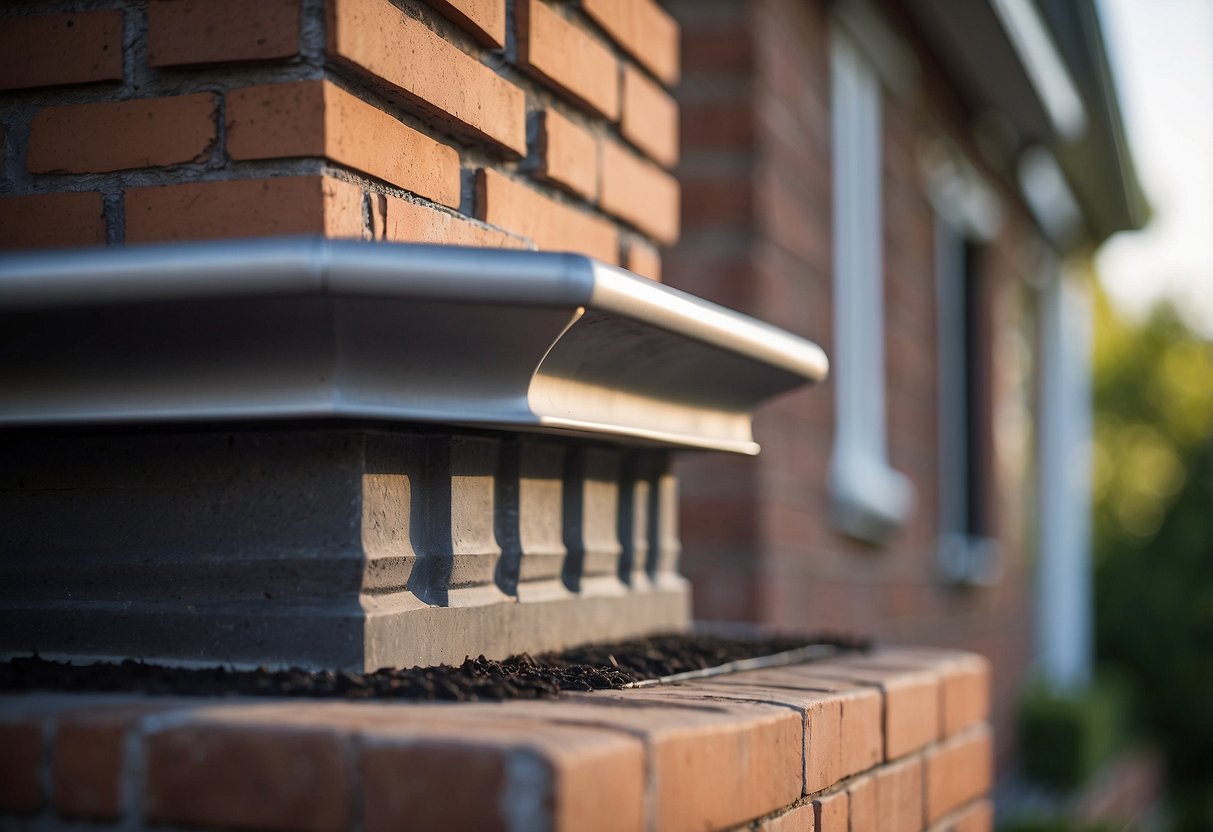
Introduction
Annual chimney inspections can save homeowners a lot of money by preventing costly damage and repairs. Each time a fire burns in a fireplace, combustible by-products like creosote and soot build up, which can lead to dangerous and expensive problems. By getting annual chimney inspections, homeowners can ensure their fireplace remains safe, efficient, and cost-effective.
A well-maintained chimney not only offers safety but also boosts home heating efficiency. When chimneys are clean and free from blockages, they use minimal resources, providing maximum heat output. This reduces energy costs significantly and enhances home comfort. Having a professional inspect and clean the chimney annually is essential for maintaining this efficiency.
Another financial benefit is the extended lifespan of the chimney and fireplace system. Regular checks for deposits, soundness, and correct clearances prevent minor issues from turning into major repairs. Investing in an annual chimney inspection assures the long-term health of your fireplace, leading to greater savings over time.
Key Takeaways
- Annual chimney inspections save money by preventing costly repairs.
- Clean chimneys boost heating efficiency and reduce energy costs.
- Regular inspections extend the lifespan of the chimney.
Understanding Chimney Inspection
Regular chimney inspections ensure safety and efficiency. They identify potential problems, prevent chimney fires, and offer clear benefits to homeowners.
The Importance of Regular Inspections
Annual chimney inspections play a crucial role in maintaining a safe and operational fireplace. Chimneys can accumulate soot and creosote, which are byproducts of burning wood. Over time, these substances can build up and increase the risk of chimney fires. Regular inspections help in detecting these buildups early on, preventing dangerous situations.
During an inspection, professionals check for blockages, such as leaves, twigs, or animal nests, which can obstruct the flue. These blockages not only hinder proper ventilation but also pose a risk of carbon monoxide poisoning. Following guidelines from authoritative bodies like the National Fire Protection Association (NFPA), these inspections ensure the chimney is free from deposits and has correct clearances.
Identifying Common Chimney Problems
Chimney inspections help in identifying common problems that could compromise safety. Cracks in the chimney liner are a frequent issue. These cracks can allow heat and smoke to escape into vulnerable areas of the house, increasing fire risks. Inspectors also look for deteriorating mortar and loose bricks, which can affect the structural integrity of the chimney.
Other potential problems include creosote buildup, which is highly flammable. Excessive creosote can lead to chimney fires if not addressed promptly. Blockages from debris or animal nests are additional hazards that can be discovered during an inspection. Professionals use specialized cameras to navigate the chimney and pinpoint any blockages or damages, ensuring a thorough assessment. Regular inspections help maintain the chimney’s health, preventing costly repairs and ensuring safe operation.
Health and Safety Considerations
Regular chimney inspections are crucial for maintaining the health and safety of your home. By addressing potential hazards such as carbon monoxide buildup and chimney fires, these inspections ensure a safer living environment.
Preventing Carbon Monoxide and Smoke Hazards
Carbon monoxide is a dangerous gas that can accumulate if chimneys are blocked or damaged. Annual inspections help prevent this by ensuring proper airflow and draft in the chimney system. This reduces the risk of carbon monoxide and smoke entering the living spaces.
Inspections also identify creosote buildup, a common problem that can restrict airflow. By removing these deposits, the efficiency of the chimney improves, minimizing the risk of inhaling harmful gases. Regular chimney maintenance can avoid dangerous situations by ensuring that vents and chimneys are free from obstructions and working properly.
Reducing Risk of Chimney Fires and Structural Damage
Chimney fires can be caused by creosote buildup, which is highly flammable. Annual inspections help detect and remove creosote deposits before they become a hazard. This practice significantly reduces the risk of chimney fires.
Inspections also check for structural damage, such as cracks or loose bricks, which can be repaired before they worsen. Structural issues can lead to costly repairs if not addressed promptly. Regular maintenance ensures the chimney remains safe and functional, protecting both the home and its inhabitants from potential fires and extensive damage.
Consider having your chimney inspected annually to maintain its safety and integrity. This preventative measure protects both your health and your home.
Maximizing Chimney Efficiency and Performance
To get the best performance from your chimney, it’s crucial to focus on improving energy efficiency and regular maintenance practices.
Enhancing Energy Efficiency and Comfort
Insulating the chimney can significantly reduce heat loss. Installing tempered glass doors and a heat-air exchange system helps in retaining warm air in the room. Proper sealing of the fireplace flue damper ensures that no warm air escapes from the home.
Ash and soot build-up can block airflow, reducing heating efficiency. Ensuring the chimney is cleaned regularly removes these obstructions. Creosote, a by-product of burning wood, not only reduces efficiency but also poses a fire hazard. Using seasoned wood minimizes creosote formation, enhancing both safety and performance.
Extending the Chimney Lifespan Through Maintenance
Frequent inspections are vital for identifying any signs of damage, such as cracks or loose bricks. Checking the flue liner for damage is also important, as a well-maintained lining protects the chimney structure. Addressing minor damages promptly can prevent major, costlier repairs later.
Regular chimney sweeping removes creosote and soot buildup, reducing the chance of chimney fires and extending the life of the chimney. Professional chimney sweep services ensure thorough cleaning and can also assess the overall health of the fireplace system.
Keeping the chimney cap in good condition prevents debris and wildlife from entering, further extending the chimney’s lifespan. Proper maintenance ensures that the chimney remains safe, efficient, and reliable throughout its use.
Hiring a Professional Chimney Service
When choosing the right chimney professional, start by checking our certifications. We have technicians certified by the Chimney Safety Institute of America (CSIA). This ensures we have undergone proper training and adhere to safety standards.
Another important credential is good standing with the Better Business Bureau, which indicates reliable service and satisfied customers. Ask us for multiple references from previous clients. Seeking out reviews online can provide additional insights into our reliability and professionalism.
Understanding the Inspection and Cleaning Process
During a chimney inspection, trained technicians follow guidelines from the National Fire Protection Association, ensuring thoroughness. Typically, the process involves assessing the structural integrity of the chimney and flue, identifying any blockages such as animal nests, and checking for creosote buildup which can cause fires.
The cleaning process involves using specialized tools to remove soot, creosote, and debris. The chimney sweep will insert brushes, rods, and vacuums to clean the flue from top to bottom. This not only improves air quality but also enhances the safety and efficiency of the fireplace or stove.
Scheduling regular chimney inspections and cleanings, ideally once a year, is important for preventing costly damage and ensuring the safety of the home and family.
Frequently Asked Questions
Regular chimney inspections can lead to significant savings by preventing major repairs, improving efficiency, and potentially lowering home insurance premiums. Neglecting chimney maintenance comes with risks that can result in hidden costs and hazards.
What financial advantages can homeowners expect from regular chimney maintenance?
Regular chimney maintenance can save homeowners money by preventing small issues from becoming major repairs. It ensures that the chimney operates efficiently, leading to lower heating costs. Early detection of problems also means less costly repairs.
How does an annual chimney inspection contribute to cost savings in the long term?
An annual chimney inspection helps identify problems before they become serious. Addressing minor issues early on prevents expensive damage. Regular inspections can also improve heating efficiency, reducing energy bills over time. This proactive approach minimizes long-term expenses.
What risks are associated with neglecting yearly chimney inspections?
Neglecting chimney inspections can result in costly repairs due to water damage, flue blockages, and structural issues. It also increases the risk of chimney fires, which can lead to extensive property damage and high repair costs. Additionally, insurance claims related to negligence may be denied.
Can regular chimney cleaning prevent costly repairs?
Regular chimney cleaning removes soot and creosote buildup, which can cause blockages and fires. This maintenance prevents wear and tear on the chimney structure. By keeping the chimney clean, homeowners avoid costly repairs associated with fire damage and structural deterioration.
In what ways does chimney upkeep impact home insurance premiums?
Home insurance premiums can be influenced by the condition of the chimney. Regular maintenance may lower premiums because it reduces the risk of claims related to fires and structural damage. Insurers may view well-maintained chimneys as lower risk, leading to potential premium discounts.
What are the hidden costs of failing to maintain a chimney?
Failing to maintain a chimney can lead to hidden costs such as increased heating bills due to poor efficiency, expensive emergency repairs, and potential health risks from poor air quality. Neglected chimneys can cause structural damage to the home, leading to significant repair expenses.
For a detailed guide on chimney inspections, visit this complete guide to a chimney inspection. Learn about the benefits of annual chimney inspections at Mad Hatter Services.

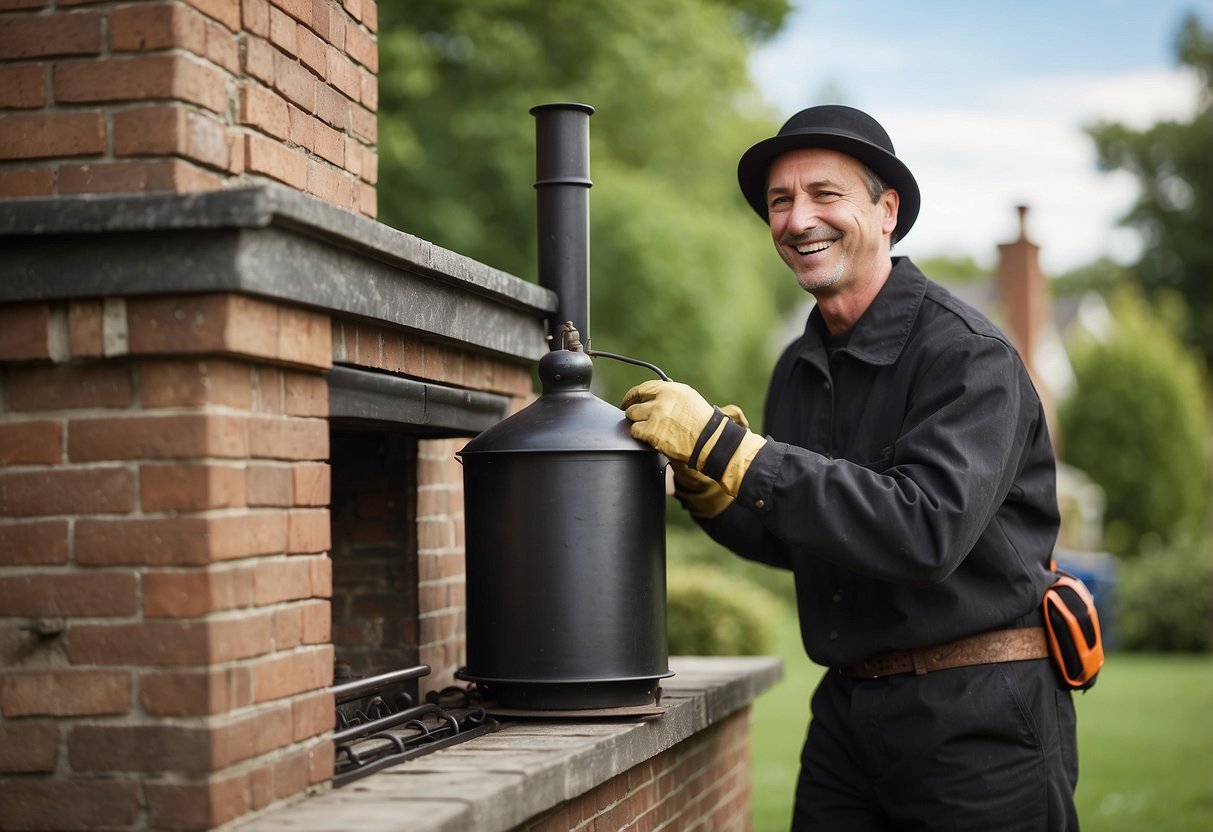
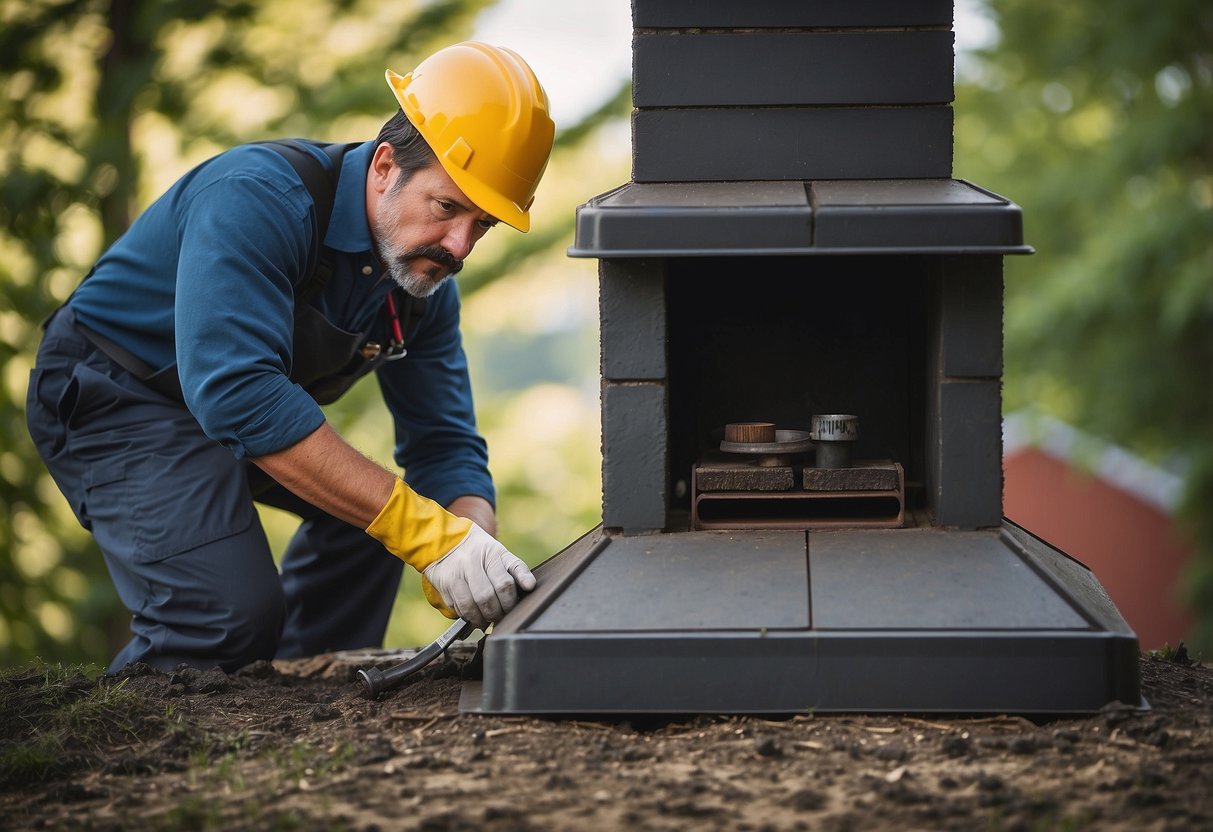
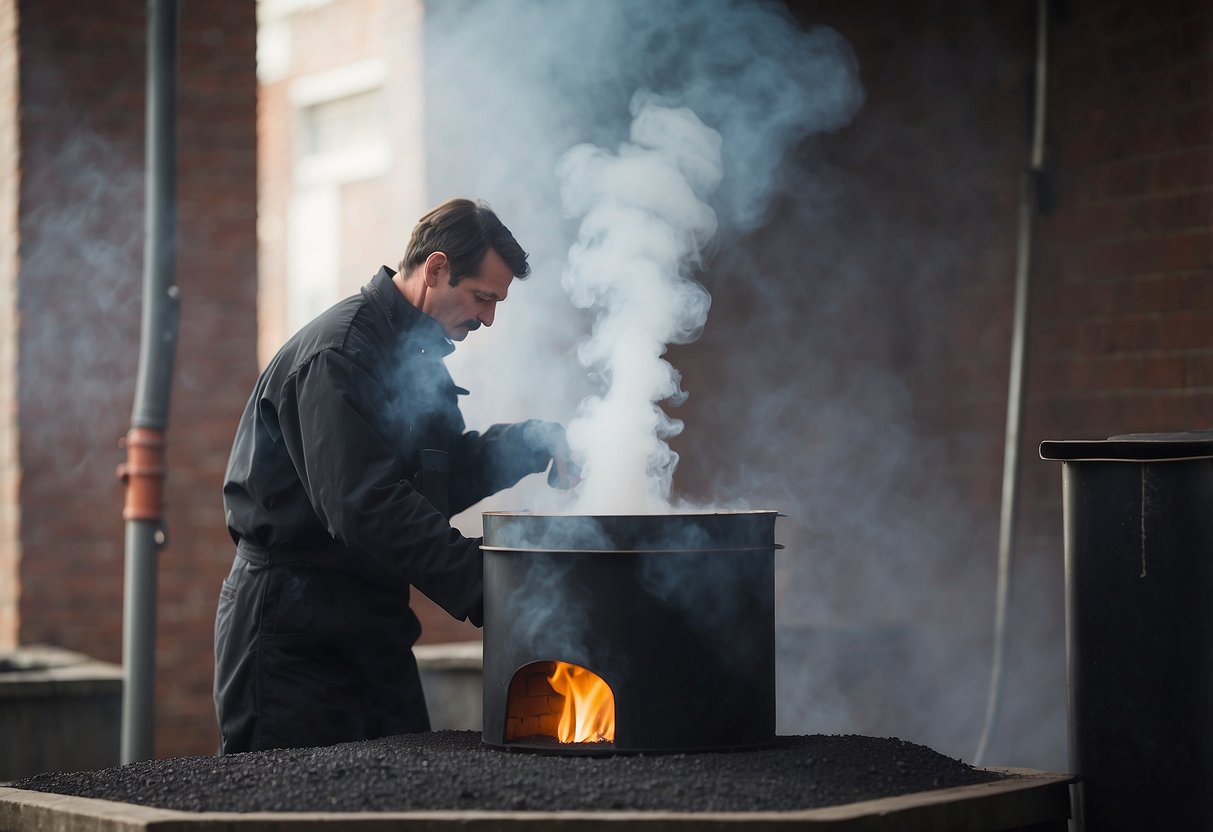
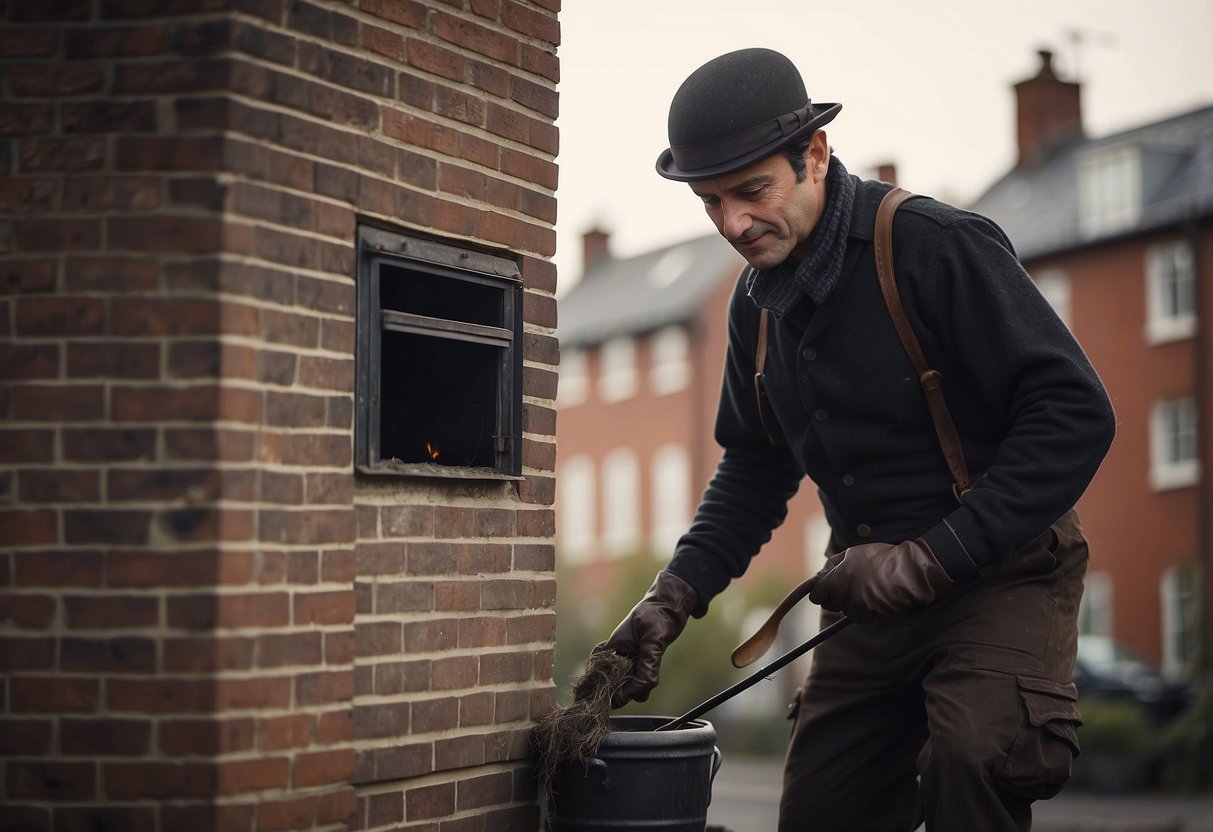


Thanks for sharing. I read many of your blog posts, cool, your blog is very good.
Your point of view caught my eye and was very interesting. Thanks. I have a question for you.
Thank you for your sharing. I am worried that I lack creative ideas. It is your article that makes me full of hope. Thank you. But, I have a question, can you help me?
Your article helped me a lot, is there any more related content? Thanks!
Your article helped me a lot, is there any more related content? Thanks!
Thank you for your sharing. I am worried that I lack creative ideas. It is your article that makes me full of hope. Thank you. But, I have a question, can you help me?
Thanks for sharing. I read many of your blog posts, cool, your blog is very good.
Heard some good things about betgorilas. Seems like a decent option with a good selection. Going to give it a go! You Too?: betgorilas
Okay, w88w88siver… that’s a mouthful! Seriously though, anyone know anything about them? Good, bad, ugly… what’s the story with w88w88siver?
Been using 4rabet for a while now, and their sportsbook is pretty solid. Good odds, lots of sports, and the site’s easy to navigate. If you’re looking for a new bookie, give them a shot: 4rabetsportsbook
Goo99…I not so sure, cause no deposit yet. When I deposit and win money then I will tell you if this is legit. You can see at goo99.
WagiplusPH… Philippines, huh? Interesting! Is it worth checking out? I’m giving it a look! Head on over to wagiplusph.